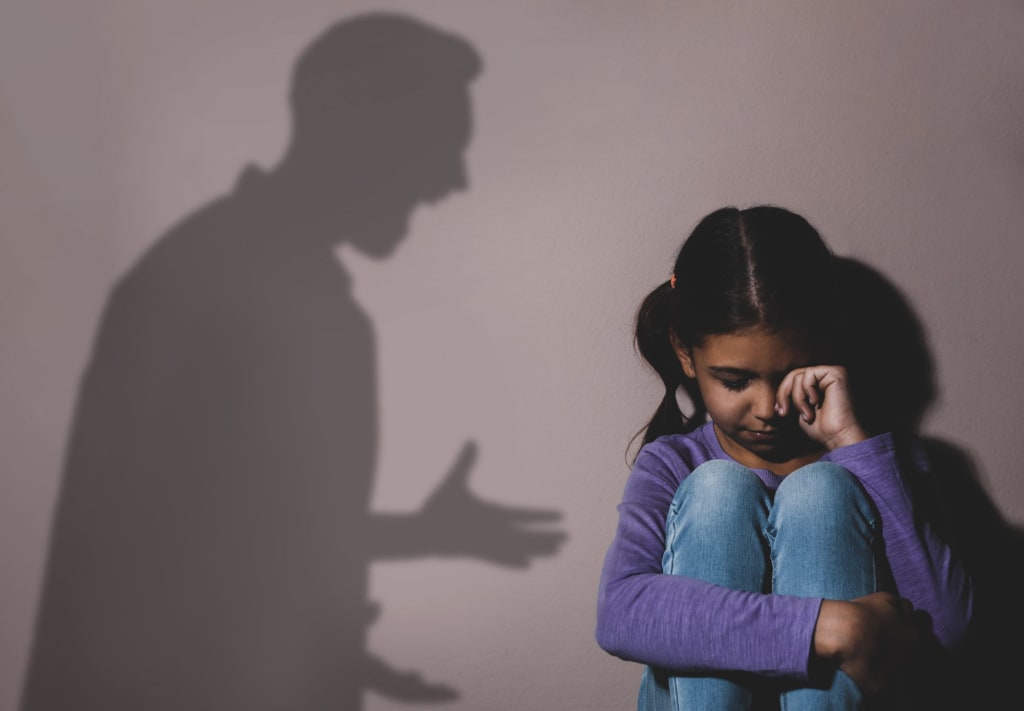
Child abuse is a distressing and alarming issue that affects children in various forms, including physical, emotional, sexual, and neglect. As a society, it is our collective responsibility to be vigilant and proactive in identifying signs of child abuse to ensure the safety and well-being of our youngest and most vulnerable members. In this article, we will explore the importance of recognizing the signs of child abuse and discuss the measures we can take to protect and support children who may be at risk.
Child abuse can have devastating and long-lasting effects on a child's physical, emotional, and psychological well-being. The signs of abuse can manifest in different ways, and it is crucial to be aware of the red flags that may indicate a child is being mistreated. Physical signs of abuse may include unexplained bruises, fractures, burns, or injuries inconsistent with the child's age or developmental stage. Changes in a child's behavior, such as sudden withdrawal, excessive fear or anxiety, aggression, depression, or regression, can also be indicators of abuse. Additionally, signs of neglect may manifest as poor hygiene, malnutrition, unattended medical conditions, or frequent absences from school.
Recognizing these signs requires vigilance and a willingness to intervene when we suspect a child is being abused. It is essential to create an environment where children feel safe and comfortable to disclose their experiences. Building trusting relationships with children and maintaining open lines of communication can help them feel empowered to share their concerns and seek help. Adults who interact with children regularly, including parents, teachers, healthcare professionals, and community members, should be trained in recognizing the signs of child abuse and knowing how to respond appropriately.
When signs of child abuse are identified, it is vital to take immediate action to ensure the child's safety. If you suspect a child is being abused, it is crucial to report your concerns to the appropriate authorities, such as child protective services or the police, who are trained to investigate and intervene in cases of child abuse. Reporting can be done anonymously in many jurisdictions, allowing concerned individuals to protect the child's identity while seeking help on their behalf. Remember, reporting suspicions does not necessarily mean that abuse has occurred, but it enables professionals to investigate and take necessary actions to protect the child if needed.
Child protection is a collective responsibility, and it involves not only recognizing signs of abuse but also taking preventive measures to create safe environments for children to thrive. This includes promoting education and awareness about child abuse within communities, schools, and families. Teaching children about their rights, boundaries, and personal safety can empower them to protect themselves and seek help when necessary. Providing support services, counseling, and resources for both children and families who have experienced abuse is crucial for their recovery and healing.
Preventing child abuse requires a multi-faceted approach that includes robust social support systems, accessible mental health services, and comprehensive laws and policies aimed at safeguarding children's rights. It also entails addressing the underlying factors that contribute to abuse, such as poverty, substance abuse, and family stress. By addressing these root causes and providing early intervention and support, we can create a safer and more nurturing environment for children.
In conclusion, identifying signs of child abuse and ensuring child protection is of utmost importance. By being aware of the signs of abuse, maintaining open lines of communication with children, and promptly reporting concerns to the appropriate authorities, we can play a crucial role in protecting and supporting children who may be at risk. Creating safe environments, promoting awareness, and providing comprehensive support services are vital steps toward preventing child abuse and fostering the well-being of our children, who are the foundation of a healthier and brighter future.
About the Creator
Abraham
As you immerse yourself in the emotionally rich story, it invites introspection and self-reflection.
Reader insights
Outstanding
Excellent work. Looking forward to reading more!
Top insights
Compelling and original writing
Creative use of language & vocab
Easy to read and follow
Well-structured & engaging content
Excellent storytelling
Original narrative & well developed characters
Expert insights and opinions
Arguments were carefully researched and presented
Eye opening
Niche topic & fresh perspectives
Heartfelt and relatable
The story invoked strong personal emotions
Masterful proofreading
Zero grammar & spelling mistakes
On-point and relevant
Writing reflected the title & theme






Comments (3)
Great
good
🤞🤞